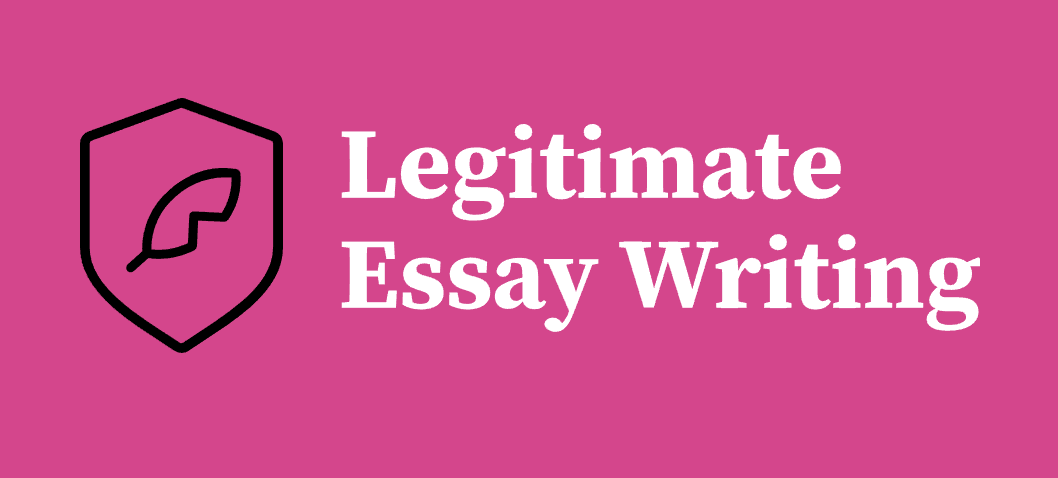Blockchain technology has made significant strides since the whitepaper on Bitcoin was released in 2008. It was initially viewed only as the basis of cryptocurrencies Blockchain has grown into an innovative tool that impacts many industries, from supply chain and finance to education, healthcare, and governance.
As we enter our digital age, Blockchain technology is likely to play a more significant role. What is the future for this revolutionary technology? What are the latest innovations that businesses as well as developers, and investors should be watching?
In this blog article, we look at the major innovations that will shape the future of blockchain and how they’re poised to transform everything from data ownership to money ownership.
The Future of Blockchain
-
Interoperability Will Drive Cross-Chain Collaboration
In the current landscape of blockchain, the various chains operate in private. Ethereum, Solana, Polkadot, and Avalanche each have their own rules, network, and user base. This siloed structure limits the potential of decentralised applications.
But the future lies in interoperability–allowing multiple blockchains to communicate, share data, and transfer assets seamlessly.
Protocols such as LayerZero, Polkadot, Cosmos, and Wormhole are currently at the forefront of this. In the coming months, you’ll be seeing an increase in apps that work across different blockchains that have one user interface, which gives users the ability to make transactions without focusing on the chain that’s behind it.
Why is it important: True interoperability removes the barriers to adoption and increases its acceptance. Developers and users gain more liquidity, speedier transactions, and access to various ecosystems.
-
Zero-Knowledge Proofs Will Revolutionise Privacy
As the privacy of data becomes an issue of paramount importance, Zero-Knowledge Proofs (ZKPs) are emerging as one of the most exciting developments in blockchain technology.
ZKPs let one person show another party that the statement is accurate without divulging any real information. This is a game-changer for applications that require confidentiality–think identity, healthcare, finance, and voting.
Blockchain networks such as zkSync, StarkNet, Aztec as well and Mina are developing ZK-based infrastructures that allow security-conscious smart contracts as well as app development that is scalable and decentralised.
In the near future, expect major dApps to adopt ZKPs that will provide an authenticated trust level without compromising the privacy of users.
-
AI + Blockchain = Smarter, Autonomous Systems
A convergence between AI and Blockchain is forming the future of ecosystems that are digital ecosystems. Blockchain is a way to improve security and transparency, AI brings prediction, automated decision-making, and automation.
Together, they’re enabling:
- Automated agents that interact with smart contracts
- Artificial Intelligence-driven Financial Strategies in DeFi
- Decentralised marketplaces for data to train AI models
- Audit trails that are securely used for AI decision-making
Decentralized AI platforms such as Fetch.ai, Singularity NET, and Bit tensor are helping to pave the way to AI applications that recognise data ownership and operate with no central control.
Why it matters: In a world that is increasingly influenced by AI, Blockchain ensures transparency and trust in machines’ decisions.
-
Modular Blockchain Architectures Are the New Norm
Traditional blockchain networks like Bitcoin and Ethereum follow a monolithic architecture–handling execution, consensus, and data availability on a single layer.
The future will be flexible.
New-age blockchains like Celestia, Avail, and EigenLayer are able to separate these functions, which allows developers to develop specific blockchains for their applications (or “AppChains”) with more speed and flexibility.
- This modular approach enables developers:
- Make their network logic more flexible
- Reduce congestion
- Scale independently
- Improve performance without risking security
As demand increases for custom blockchain solutions, modular design will be the dominant feature of future protocols.
-
Tokenization of Real-World Assets (RWAs)
While tokens and NFTs have already disrupted ownership of digital assets, the next phase is the tokenization of real-world assets (RWAs). This is the creation of blockchain-based representations of financial or physical assets, such as:
- Real estate
- Stocks and bonds
- Luxurious goods
- Commodities (like oil, gold)
Projects such as RealT Ondo Finance and Maple are already showing how tokenized RWAs can help bring more liquidity as well as fractional ownership, as well as worldwide access in traditional financial markets.
Shortly, purchasing an interest in an asset or loaning against your work could be as easy as clicking on your cryptocurrency wallet.
-
Mass Adoption Through Better UX & Wallet Abstraction
A major hurdle for blockchain adoption is the user experience. Wallets, seed phrases gasoline costs – it’s a nightmare for those who aren’t tech-savvy.
The future lies in wallet abstraction and account abstraction–techniques that hide blockchain complexity behind familiar user flows. You can expect to be able to
- Biometric logins replace seed phrases
- Transactions that are not gas-free and facilitated by apps
- Smart wallets that protect private keys and security
Platforms such as Ethereum (via EIP 4337), as well as Safe as well as Argent, are already developing smart wallets that will create a blockchain that is as easy as mobile banking.
This technology will open the way for millions of new users to join Web3 without hassle.
-
Sustainability Will Shape Blockchain’s Future
Blockchain has long been criticised for its use of energy, particularly chains with proof of work like Bitcoin. However, that’s changing quickly.
New consensus mechanisms for consensus, like Proof-of-Stake (PoS) and Proof-of-History (used by Solana), drastically reduce the amount of energy consumed. Chains such as Algorand as well as Tezos have even reached carbon-negative status.
As environmental concerns increase, sustainability will become an important selling factor rather than a benefit. Businesses and governments will choose green chains, and ESG investors will be looking to invest in green blockchain projects.
-
Regulation Will Push the Space to Maturity
It seems that the days of a “wild west” Web3 are becoming fewer. With the growing interest of authorities and institutions, regulatory clarity is finally coming.
Within the U.S., EU, and some parts of Asia, Frameworks are being developed to:
- Stablecoin governance
- The Anti-Money Laundering (AML) for crypto
- Consumer protection through DeFi
- Blockchain assets are tax-exempt.
While some view regulations as threats, many view them as an opportunity to build a way to increase legitimacy and trust within institutions.
The projects that are designed around compliance will prosper over the next few years, and the integration of blockchain technology with traditional financial systems will only increase.
Final Thoughts
Blockchain’s future is modular, decentralized, interoperable, intelligent, and comprehensive. From enhancing financial accessibility to protecting digital privacy, Blockchain isn’t only a technology, but an essential infrastructure for an economy that is digital.
If you’re a designer, investor, entrepreneur, or just a curious student, then this is the right time. Knowing these trends can enable you to stay ahead of the game and create your portfolio or fund the concepts that will shape the future of our world.












